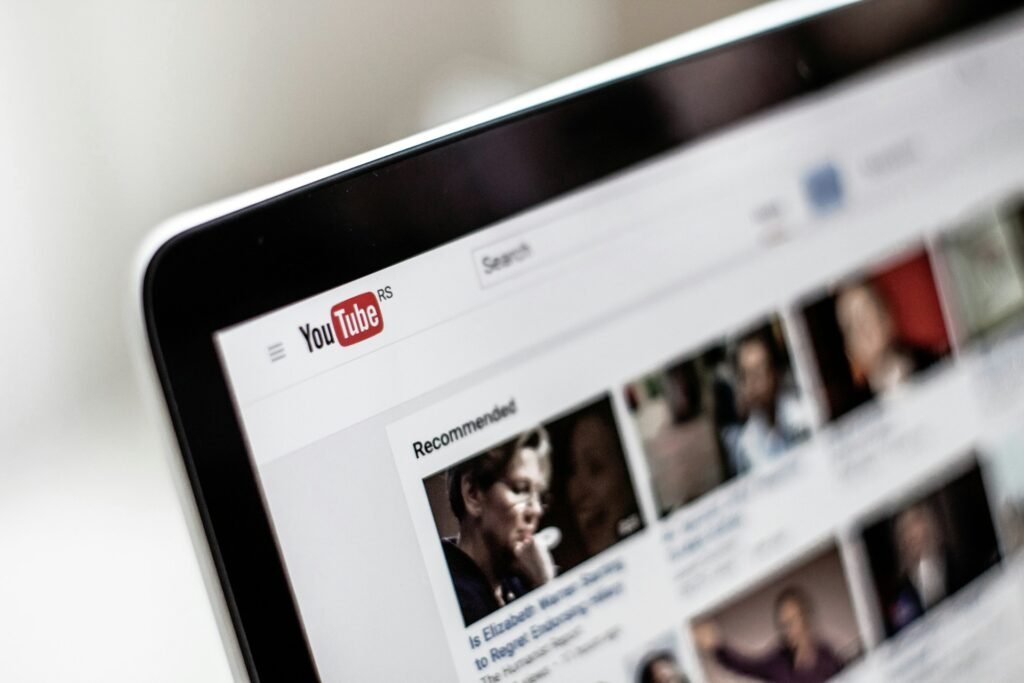YouTube, the world’s largest video-sharing platform, has become a powerful space for creators and brands alike. Since its inception in 2005, it has transformed how we consume entertainment, education, and information. With over 2 billion logged-in monthly users, YouTube offers an unprecedented platform for creators to connect with audiences worldwide. But one question often prevails: how do these creators earn money? In this article, we’ll explore the various revenue streams available for YouTube creators, shedding light on the nuances of monetizing their content.

1. YouTube Partner Program (YPP)
At the heart of YouTube revenue generation is the YouTube Partner Program. To qualify, creators must meet specific criteria: at least 1,000 subscribers and 4,000 watch hours over the past 12 months. Once accepted into YPP, creators can begin earning money through ads displayed on their videos.
Ad Revenue
Ad revenue is the primary income source for many YouTubers. There are different types of ads, including:
- Display Ads: These appear beside the video and can be a source of passive income.
- Overlay Ads: Semi-transparent ads that appear on the lower portion of the video.
- Skippable Ads: These ads can be skipped after five seconds and are shown before, during, or after videos.
- Non-skippable Ads: As the name suggests, these ads must be watched in full before the video plays.
Typically, creators earn money from ads based on a metric known as CPM (cost per thousand impressions), which varies depending on factors like audience demographics, video content, and seasonality.
2. Channel Memberships
YouTube Channel Memberships allow creators to monetarily connect with their most loyal fans. For a monthly fee, subscribers receive exclusive perks such as badges, emojis, and access to members-only content. This not only incentivizes viewers to support their favorite creators financially but also fosters a sense of community among the members.
3. Super Chat and Super Stickers
For live-streaming creators, YouTube offers Super Chat and Super Stickers as unique monetization features. Viewers can purchase these items during live chats to have their messages highlighted, making it an interactive way for fans to engage and support their favorite creators.
4. Merchandise Shelf
YouTube enables creators to showcase their merchandise directly on their channel through the Merchandise Shelf. Whether it’s branded clothing, accessories, or digital products, this feature allows creators to promote their offerings seamlessly. Fans can browse and purchase these items while watching videos, boosting sales and creating a more immersive fan experience.
5. Sponsored Content and Brand Collaborations
Sponsorship is a substantial revenue stream for many YouTubers, especially those with large followings. Brands pay creators to promote their products or services, either through dedicated videos or product placements. Partnerships often align with a creator’s niche, ensuring authentic and relevant content for their audience.
6. Affiliate Marketing
Affiliate marketing is another prevalent method through which YouTubers monetize their channels. Creators promote products and provide affiliate links in their video descriptions. When a viewer purchases an item through the link, the creator earns a commission. This strategy is particularly effective for creators who engage in product reviews, tutorials, or lifestyle content.
7. Crowdfunding and Patreon
Creators are increasingly turning to crowdfunding platforms like Patreon to generate income. By offering exclusive content, early access to videos, or personal interactions, creators can build a steady income stream from dedicated fans who want to support them. This model allows for greater independence from traditional ad revenue.
8. Selling Digital Products and Courses
Many creators leverage their expertise by selling digital products, such as e-books, courses, or presets, directly to their audience. This approach not only generates income but also establishes the creator as an authority in their niche, opening doors for future business opportunities.
Conclusion
YouTube has revolutionized how creators engage with their audience and generate revenue. With multiple monetization avenues available, the platform offers unique opportunities for creators to turn their passion into a profitable career. However, success requires dedication, creativity, and an understanding of audience dynamics. As the landscape of digital content continues to evolve, so too will the strategies creators employ to earn a living on this vast platform. Whether through ad revenue, sponsorships, or selling merchandise, the potential for earnings is immense, making YouTube an attractive avenue for aspiring creators everywhere.









